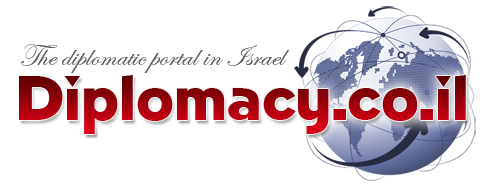Art & Culture
- Details
- Written by Silvia Golan & Steven Aiello
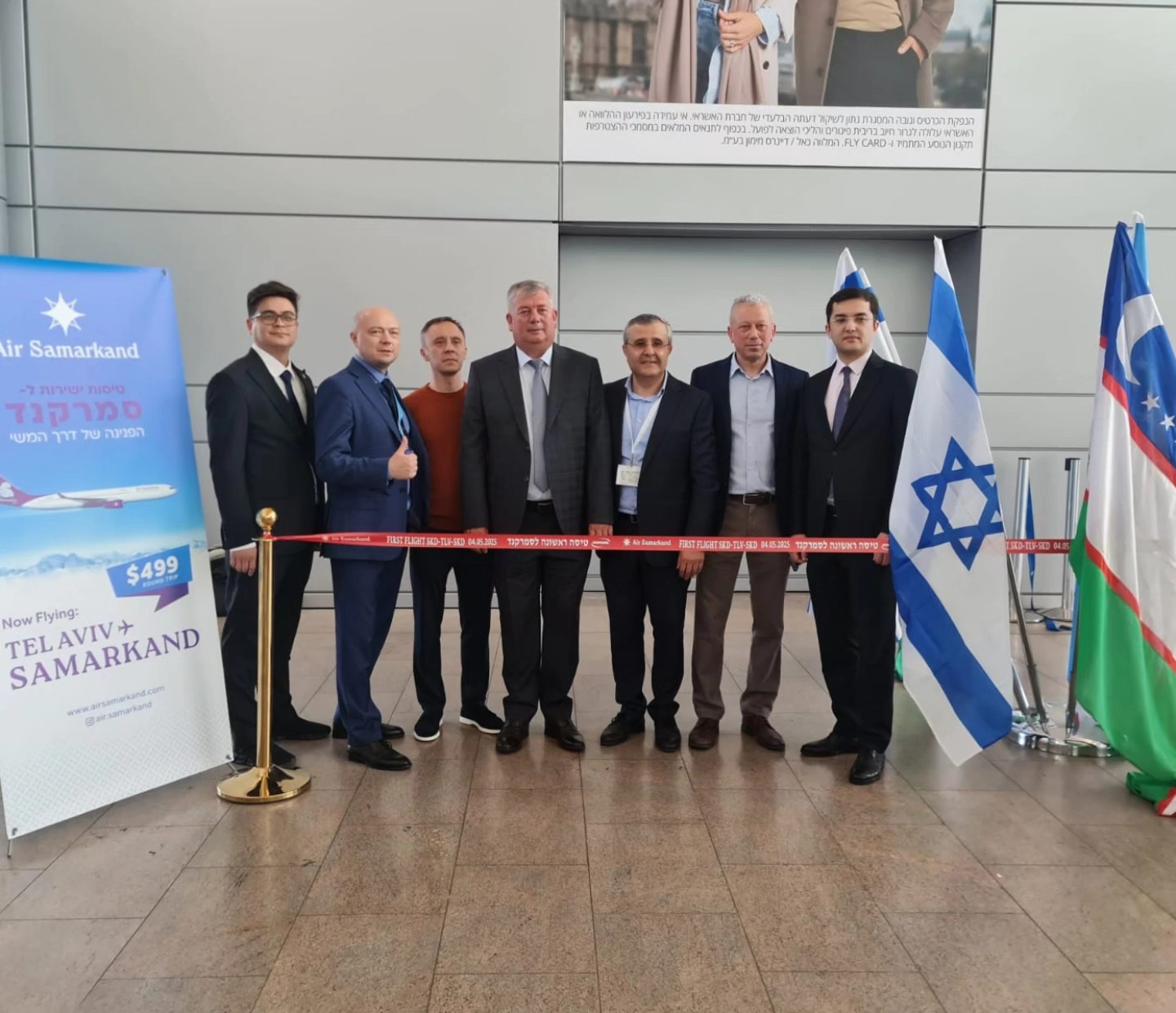
Sunday May 4th saw Air Samarkand launch the first direct flights between Tel Aviv and Samarkand, the magical silk road city in Uzbekistan. A special ceremony was held to celebrate this momentous occasion, with travelers receiving gifts and traditional treats.
A modern Air Samarkand Airbus A330 aircraft will now connect Tel Aviv directly with the mesmerizing architecture, sights and sounds of Samarkand, a key hub in the historic Silk Road. Weekly flights will depart from Samarkand early Sunday morning, with return flights from Tel Aviv late Sunday mornings. 184 passengers were aboard the inaugural flight, with Israeli, Uzbek and international passengers traveling for both tourism and commercial interests.
The ceremony, with ribbon-cutting and a decorative cake, was attended by Mr. Sherzod Shavkatbekov, Commercial Affairs Counsellor at the Embassy of Uzbekistan to Israel; Jumaev Nodirjon, commercial director of Air Samarkand, and the company sales manager Sherzod; Nargiza Kadirova, President of the “New Uzbekistan” office for Uzbekistan-Israel Trade and Investment, and representatives of Asia Travel, Air Samarkand’s official representative in Israel.
The speakers emphasized that the new aviation link presents a great opportunity for Israelis and Uzbek people to enjoy direct flights, and is just the beginning of a growing partnership, with the potential to strengthen political, economic, and personal ties between the two countries.
The achievement is all the more impressive as many airlines have suspended flights to Israel due to the ongoing conflict. In contrast, Uzbek airlines have not stopped flying to Israel since October 7, with several recent expansions in flight routes and frequencies, symbolizing the vibrant and growing connection between the two nations.
Asia Travel (https://www.asiatravel.co.il/
Air Samarkand is run by CEO Zafar Butayev, and is part of a travel conglomerate that owns the airline, Samarkand Airport, as well as hotels, enabling a seamless vacation package. The first few months of the new Tel Aviv-Samarkand route are already sold out. Beginning July 10th there will be flights on Thursdays as well, allowing travelers to travel to one country on Sunday and be back home by the weekend. For more information and to book flights: https://airsamarkand.com/en/
Photos credit Silvia G. Golan
More Pics at Facebook Diplomacy Israel / Israel Diplo / Silvia G Golan
Visit our website: http://debateforpeace.org/
Read our book: https://www.amazon.com/dp/
Listen to our podcast: https://podcasters.spotify.
See more: https://www.youtube.com/watch?
- Details
- Written by Silvia Golan
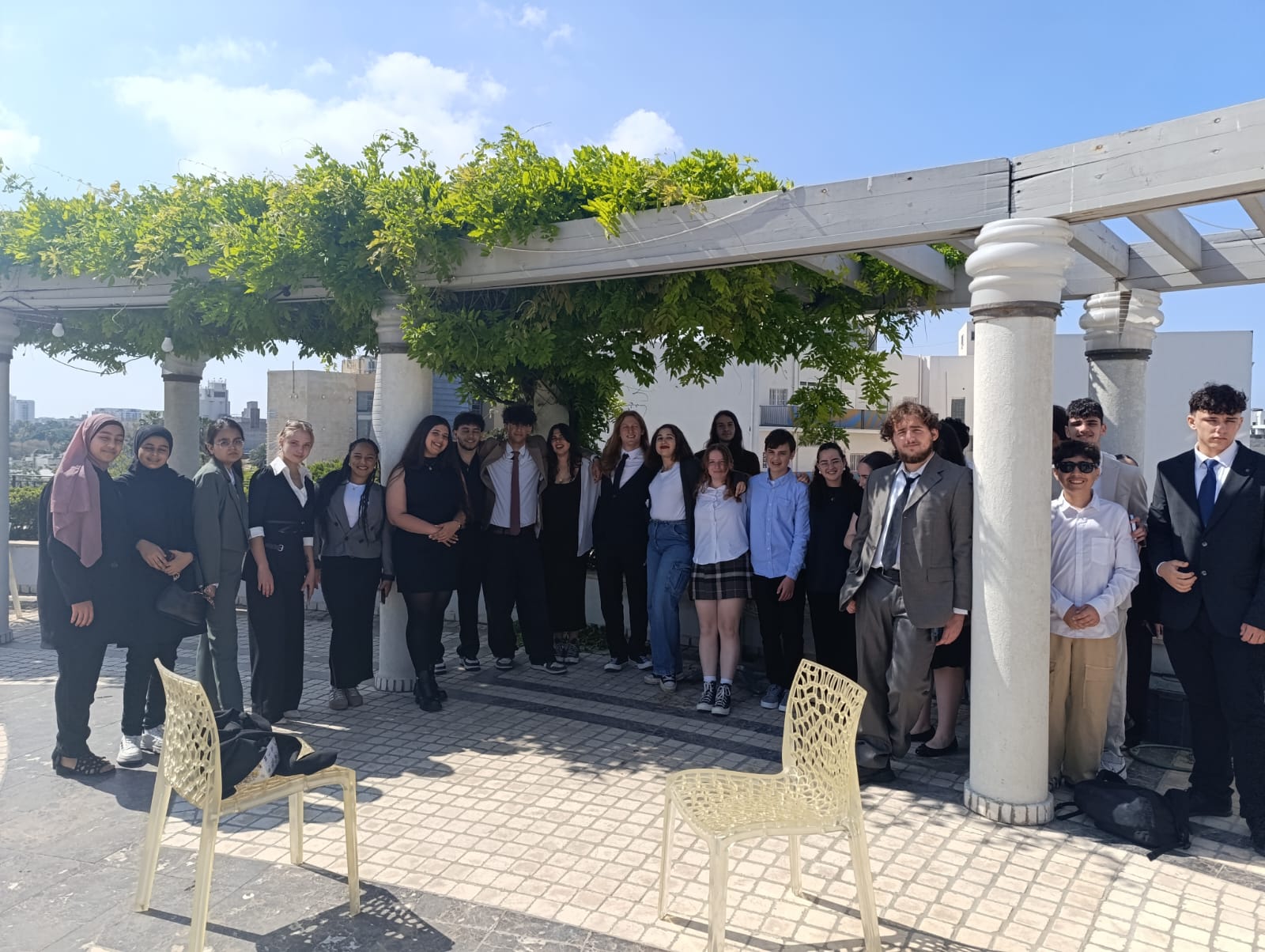
JAFFAMUN, the first Model UN conference in Jaffa, brought together students from over a dozen schools and cities in Israel to simulate three engaging committees: the Human Rights Council (Freedom of Speech vs Hate Speech in Social Media), ECOSOC (Promoting Equality for Marginalized Communities) and the US Senate (Addressing School Shootings). The conference, held on Monday March 28, was organized by Debate for Peace, and hosted at the Center of Scientology Israel, in the historic Alhambra Theatre building.
Throughout the day, delegates engaged in rigorous debates and negotiations. After several hours of frenetic diplomacy, each committee managed to pass a resolution for their respective topic:
-
Human Rights Council (HRC): Called for establishing a global working group on social media safety, advocating for comprehensive frameworks to protect users' privacy, promoting digital literacy, and encouraging parental oversight.;
-
ECOSOC: Called for the development of safety nets for vulnerable populations, the advancement of inclusive education, and the creation of National Equality Councils and Enforcement Organizations for Equality (EOEs) to combat discrimination.
-
U.S. Senate: Proposed measures to enhance school safety, including updated protocols, adoption of Extreme Risk Protection Order (ERPO) laws, expanded mental health services, pilot programs to limit weapon access, and modernized responses to active shooter incidents.
The conference concluded with a closing ceremony where several students were honored for their exceptional contributions within their respective committees:
-
Human Rights Council: Maya Beres (India, Yachad High School), Alin Gavrizavee (Morocco, Atid Lod), Malak Abu Hjool (United Kingdom, Mar Elias School)
-
ECOSOC: Yehonatan Navon (Sweden, Ironi Yud Dalet), Lamar Shker (Philippines, Mar Elias), Nada Namouz (China, Mar Elias)
-
U.S. Senate: Vera Nosovitskaya (Corey Booker, Younited), Jordyn Cline (Chuck Schumer, Yachad High School), Yonatan Zelenko (Elizabeth Warren, Atid Raziel)
Ghasak, from Gernata High School, who played the role of a Senator in the Senate committee, shared her message with Diplomacy.co.il: “Peace cannot be kept by force , It can only be achieved by understanding.”
Another Senator, Vera, from the Younited School added that “JAFFAMUN was a unique experience. The Alhambra building architecture made it more unforgettable because of the unique design inside. It was the shortest MUN I have ever experienced, only 1 day, but it wasn’t tiring. This was one of my best MUN experiences!”
Debate for Peace extends its gratitude to Maya Ilany and Abigail Noa Buganim for their efforts in preparing the study guides for the conference. Special thanks are also due to the chairs and Secretariat team: Abigail Noa Buganim, Naomi Gildor, Shaked Shimony, Josh Kugelman, Carmel Hillmann, Yousef Abdlghny, Dafna Beres, Yael Yakobovich, and Gai Regev.
For more Model UN conferences in Israel, please see the schedule here.
Visit our website: http://debateforpeace.org/
Read our book: https://www.amazon.com/dp/
Listen to our podcast: https://podcasters.spotify.
See more: https://www.youtube.com/watch?
- Details
- Written by Eliya Dvornikov

Tel Aviv, Israel — April 10, 2025
In a momentous event that marks a new chapter in aviation connectivity between Central Asia and the Middle East, CentrumAir officially inaugurated its first direct flight between Tashkent, Uzbekistan, and Tel Aviv, Israel, with a celebratory ceremony held at Ben Gurion International Airport. The occasion underscored not only the airline’s strategic expansion but also the strengthening diplomatic and cultural ties between Uzbekistan and Israel.
The event was organized and led by Mr. Adil Mirza Khalmirzaev, Business Development Manager of CentrumAir, alongside several senior representatives of the airline. The atmosphere was festive and ceremonious, featuring a traditional water cannon salute, ribbon-cutting, and cake-cutting ceremonies, all held at Terminal 3 to welcome the arrival of the debut flight from Tashkent.
Among the distinguished guests in attendance were Mr. Jahongir Aminov, the Ambassador of Uzbekistan to Israel; executives from Ben Gurion Airport; representatives from the international marketing company for airlines; and members of the Uzbekistan-Israel Trade and Investment House, “New Uzbekistan.” Diplomats, aviation professionals, journalists, and members of the Uzbek Embassy in Israel also took part in the celebration, further reflecting the event’s significance on both diplomatic and commercial fronts.
The inaugural flight landed promptly at approximately 11:00 a.m., greeted by the spectacular water cannon salute—a timeless tradition in aviation that marks special milestones. Guests, escorted by airport staff, gathered on the tarmac to meet and congratulate the flight crew. Gifts were exchanged as heartfelt conversations took place between the airline’s staff and diplomatic dignitaries, highlighting the sense of shared achievement and excitement.
The aircraft itself became a centerpiece for photos and media coverage, with a welcoming banner displayed proudly in front of it to commemorate the successful arrival. Officials and aircraft crew gathered for group photographs, capturing a moment of historic significance in Uzbek-Israeli aviation history.
As preparations began for the return flight from Tel Aviv to Tashkent, the festivities continued at the departure gate. A beautifully decorated table showcased a celebratory cake along with a colorful assortment of traditional Uzbek treats such as dried fruits and nuts—bringing a taste of Uzbekistan’s rich culture to Israeli soil. These thoughtful details created an immersive experience that left a lasting impression on all who attended.
In a symbolic moment of unity and celebration, CentrumAir hosted an official ribbon-cutting ceremony at the gate. With a crowd of curious and enthusiastic passengers gathered, Mr. Khalmirzaev delivered a warm welcome speech. He addressed travelers ranging from those visiting loved ones to adventurers seeking new destinations, emphasizing the significance of this new air bridge between two culturally rich nations. Scissors in hand, Mr. Khalmirzaev, Ambassador Aminov, and a senior representative from the airport management jointly cut the ribbon, marking the ceremonial opening of the route amid enthusiastic applause.
As boarding time approached, the spotlight turned to a beautifully decorated celebratory cake, specially prepared for the occasion. After a brief moment of applause, the cake was cut and joyfully served to passengers waiting at the gate by the flight attendants . Smiles and cheerful chatter filled the terminal as travelers enjoyed the sweet treat—many taking photos to capture the moment. The simple yet heartfelt gesture added a final layer of warmth and festivity to the day’s celebrations, leaving guests with not only a taste of Uzbekistan, but a lasting memory of the journey’s significance.
As a gesture of appreciation, Mr. Khalmirzaev presented Ben Gurion Airport officials with a cultural gift box containing a curated selection of Uzbek fruits and nuts, symbolizing friendship, partnership, and shared future endeavors.
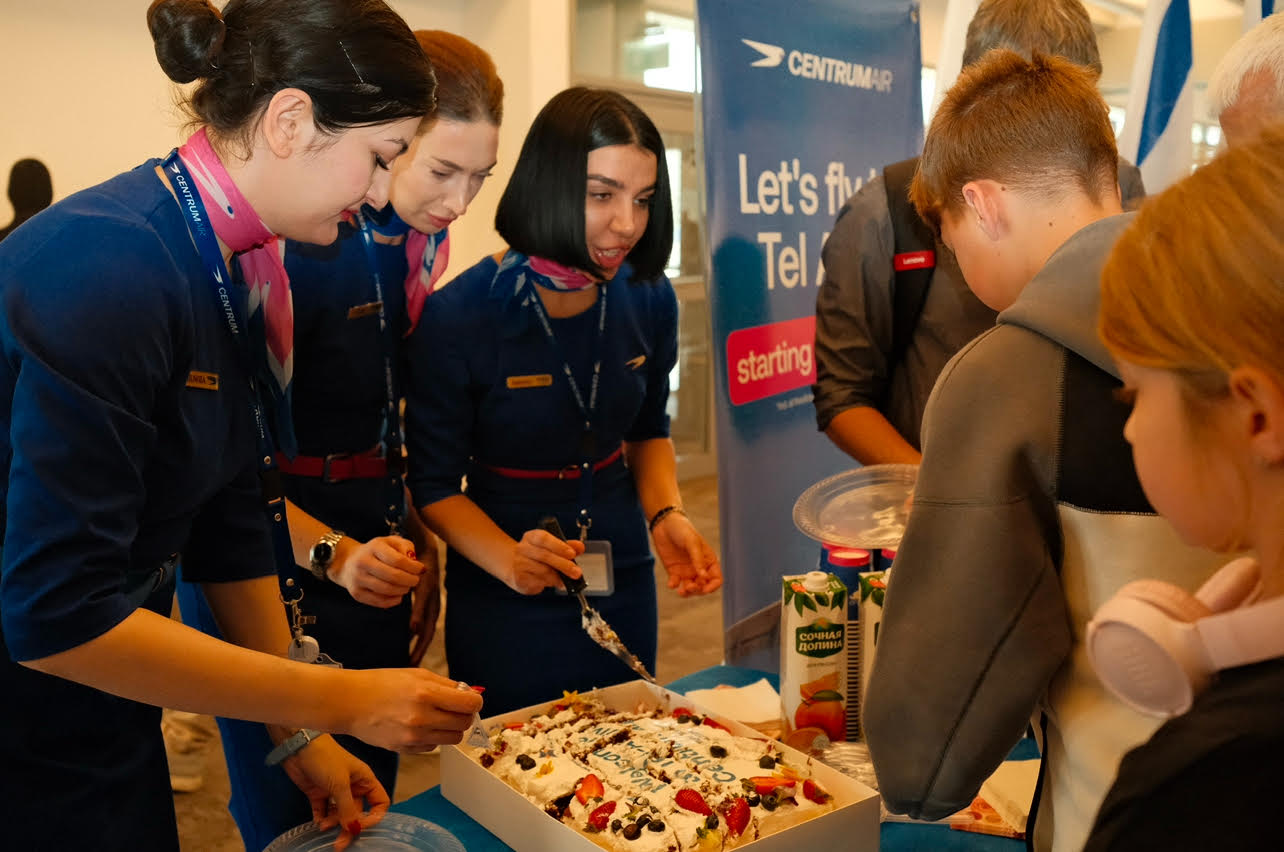
The launch was an overwhelming success, with over 180 passengers boarding the flight—an impressive turnout for a debut route. With a capacity of 200 seats, the inaugural flight exceeded the airline’s expectations and set a promising tone for future operations.
This new route represents far more than just a direct connection between two cities—it is a bridge between two nations, fostering opportunities for tourism, trade, and cultural exchange. CentrumAir’s latest expansion is not only a milestone for the airline but a proud moment for both Uzbekistan and Israel, reflecting a shared vision of growth, cooperation, and exploration.
Diplomacy.co.il extends its warmest congratulations to CentrumAir on the successful launch of its inaugural direct flight between Tashkent and Tel Aviv. This milestone not only marks a significant achievement in aviation but also serves as a symbol of the growing diplomatic, economic, and cultural ties between Uzbekistan and Israel. We commend the efforts of all those involved in making this historic connection possible and look forward to seeing even stronger cooperation and connectivity between our two nations.
Photo credit Eliya Dvornikov
Mrs. Dvornikov is a part of DebateforPeace forum
- Details
- Written by Antoanet (Tony) Levy – External Relations & Innovation, HIT Holon Institute of Technology
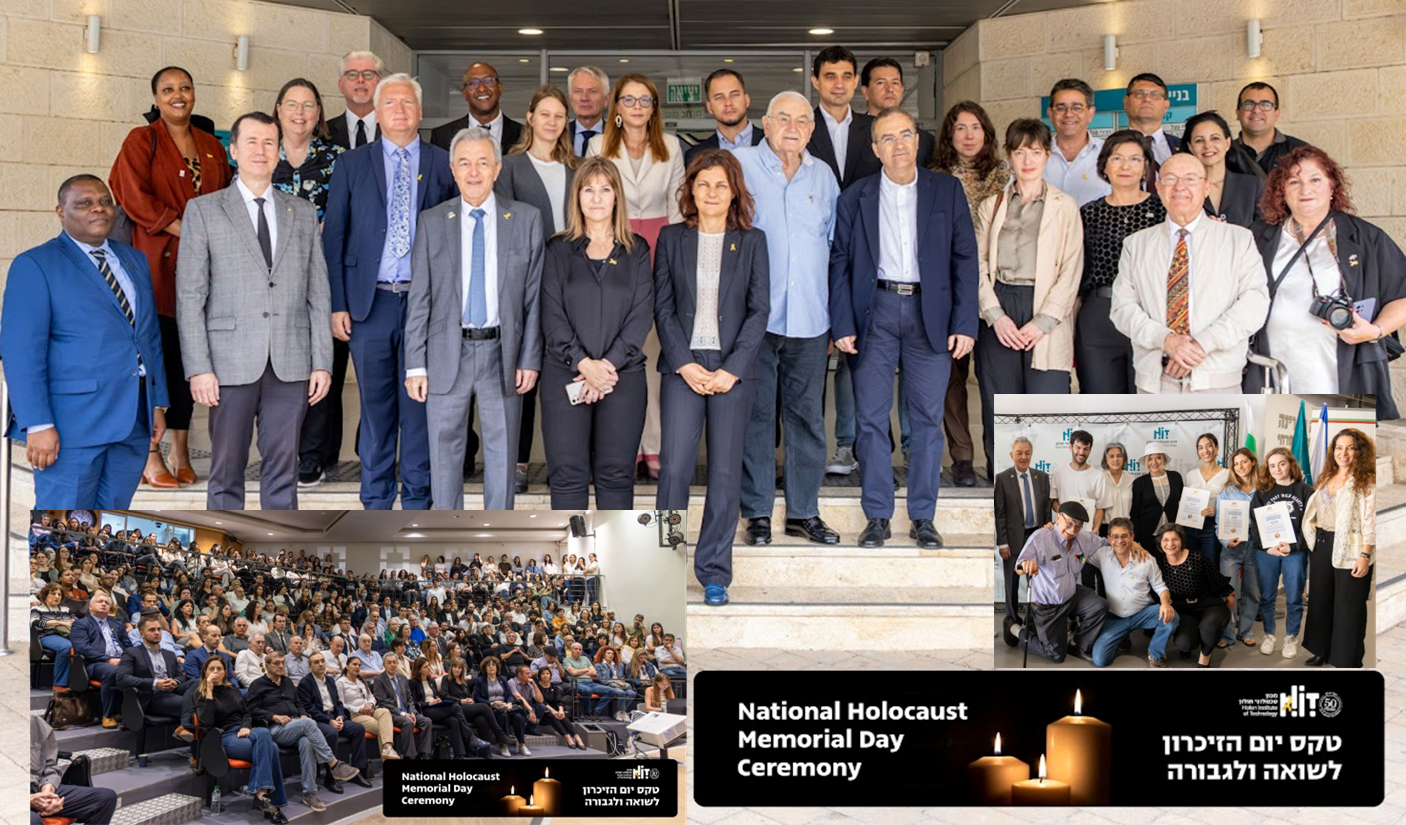
- Details
- Written by Silvia G Golan & Stephen Abrahams
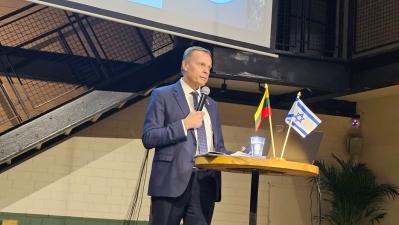
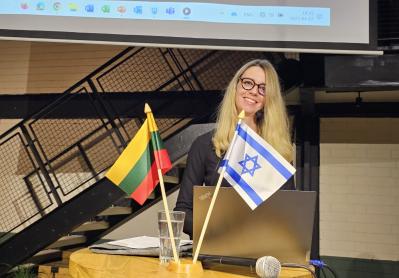
Photos Silvia G. Golan
More pics at Facebook: Israel Diplo / Diplomacy Israel / Silvia G.Golan
